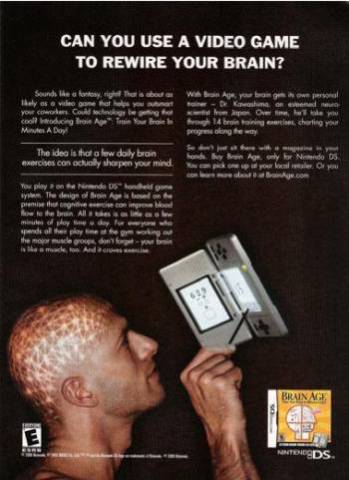Just finished work with a client who is a big believer in cognitive design. They have done a great job using the latest ideas in cognitive science to design a truly positive service experience for their customers. But he wants to do more, much more. The question he asked was how can I go from a positive experience to something truly great using cognitive design?
We looked at a lot of things but decided to make use of recent insights into to the cognition of savoring. Ask yourself, when was the last time your really savored a positive experience – luxuriating in a pleasure, basking in a moment of pride, truly giving thanks or marveling at something that is just awesome? Savoring is an important cognitive process (essentially for happiness and optimal functioning) that, according to Fred B. Bryant, a professor of psychology at the Loyola University, involves “attending to, appreciating and enhancing the positive experiences in life”. For more check out his latest book, Savoring a New Model of Positive Experience. It is a treasure trove for the cognitive designer!
The central design question became what features and functionality could we add to the service to help customers perceive, appreciate and amplify the positive experience they were already having? Of course, we had to first decide which specific mental state (or underlying emotion) – pleasure, pride, gratitude or awe fit the service.
The “perceive and appreciate” part came down to helping customers block out the rest of the world and really relax. Often we fail to savior life’s experiences because we are too hurried, worried about the future or just plain tired. As a designer, ask yourself what features and functions can you add that will get rid of the noise and momentarily suspend the pressures of everyday life. Sometimes just promising the right thing can invoke user memories supporting that. Remember the “Calgon take me away commercials”?
Once focused users will need to help amplifying the positive experience to take pleasure to luxuriating, pride to basking and so on. Tactics for doing this include anticipating the positive experience, prolonging the positive experience or having ways to relive it once you are done. Anticipation, time extensions and reliving all amplify and if done right allow us to savor a positive experience. We often do this naturally by telling friends and family about our plans (anticipation) and the details of a positive experience (reliving). Providing features and functions that support the telling of a positive experience can lead to savoring. Allowing user to hit “instant replay” or “more like this” or otherwise elongate the experience (e.g. intentionally delays in staging a multi-course meal) can also induce savoring.
Savoring is not just for luxury brands and high-end services. Think about lottery tickets. Wins (even small ones) are retold many times and recounted with pride that can safely be described as basking. The anticipation of a future positive experience they create is very intense and the “hope of wining big” is a luxuriating experience for many.
No matter, savoring is a distinct mental state that we can target as designers. Interestingly, according to Professor Bryant, it only comes in four flavors – luxuriating, basking, thanksgiving and marveling.


